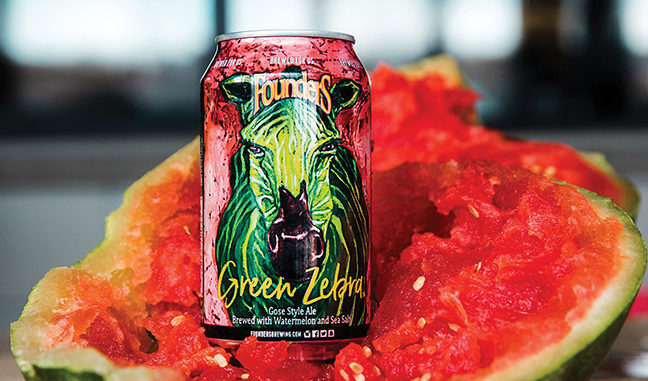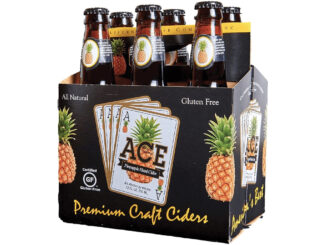
For many people, when they hear the term “sour beer” they imagine a specific style, and if they’re unfamiliar with the genre they may make assumptions about the flavor profile of said beer. Even though some of the styles of beer in the sour category have been around since the beginning of beer, others came into existence more recently and many breweries have brought sours back into the spotlight. American brewers specifically have been experimenting more and more with all kinds of beers, and sours are no exception. There is a wide variety of sour beers with different flavors, aromas, levels of acidity, sweetness, and alcohol, so even if you’ve tried something specific and it didn’t tickle your fancy, that doesn’t mean you wouldn’t find one out there to love. Other than the styles mentioned here today, there are many others, including but not limited to flanders red ales, faro, berliner weisse, and many American-style sours.
Without getting too scientific, there a couple of bacteria that, when introduced after fermentation, create lactic acid by eating what’s left over at that point in the brewing process. That level of acidity is what makes the sour beers “sour.” Brettanomyces is the black sheep cousin of the more popular and widely used brewer’s yeast. Brett is a wild card in that it doesn’t always give off the exact same characteristics every time it’s used. Many sours are fermented in part with Brett, and the funky, earthy esters from that give sours some of their character and moxy. While most sours have a few things in common, there are still many other factors that brewers can use to create a range of styles all under the umbrella term of a sour beer. They can change the time and temperature of fermentation, decide whether or not to add fruit or other ingredients, if and when to add Brettanomyces, and even blend different batches together to create an entirely different beer.
Lambic sours are spontaneously fermented by naturally occurring wild yeast. This is how beer was first discovered and has been around ever since. There are only a few breweries in Belgium that make true lambics. At one point during the process, the wort is left overnight in a container open to the air in order to collect bacteria and yeast cells. Fermentation for lambics can take up to a year to reach the desired acidity. The most common and readily available lambic is Lindemans Framboise, which is actually a raspberry lambic from Brussels and can be found in many stores in the United States. Fruit lambics such as a framboise, which uses raspberries, and kreik, which uses cherries, are some of the most popular types of lambic beers, but many other styles use lambics as a base to branch off into other styles. A gueze, for example, is created by mixing older and newer lambics to cause a secondary fermentation and a different flavor profile than either had to begin with.
Another style is the Gose (pronounced goes-uh), which has recently become very popular among American brewers. Typically using sea salt and coriander added during brewing, Gose beers usually have a fairly light and crisp feel to them, along with the haziness of being an unfiltered wheat beer. Many Goses also have lime or lemon added which gives them a citrus quality, and having a low ABV on average makes them very drinkable. A good example of a Gose available in this area is Founders Green Zebra, which is made with watermelon. While being a little sweeter than many other Gose beers out there, the watermelon addition gives the beer a nice balance from the tartness and the sea salt.
Oud Bruin or “old brown” gets its name from taking a brown ale and aging it in oak casks to ferment and become more acidic from the additional lactic acid created during this time. This is another style which is often blended with older and newer batches to create a secondary fermentation. Darker than most styles of sour from the base being a brown ale, and often heavier in alcohol, Oud Bruins are moderately acidic and take on some of the characteristics of the barrels they’re aged in, giving them a woody, earthy flavor. One of the best Oud Bruin beers out there is The Dissident by Deschutes. This beer is surprisingly smooth considering how strong it is at almost 11 percent ABV. Made with cherries and aged in Pinot Noir barrels, The Dissident is a must try for anyone familiar with the style and wanting to reach for the stars or for anyone who enjoys brown ales and is open to trying something new.
– by Josh Helton




